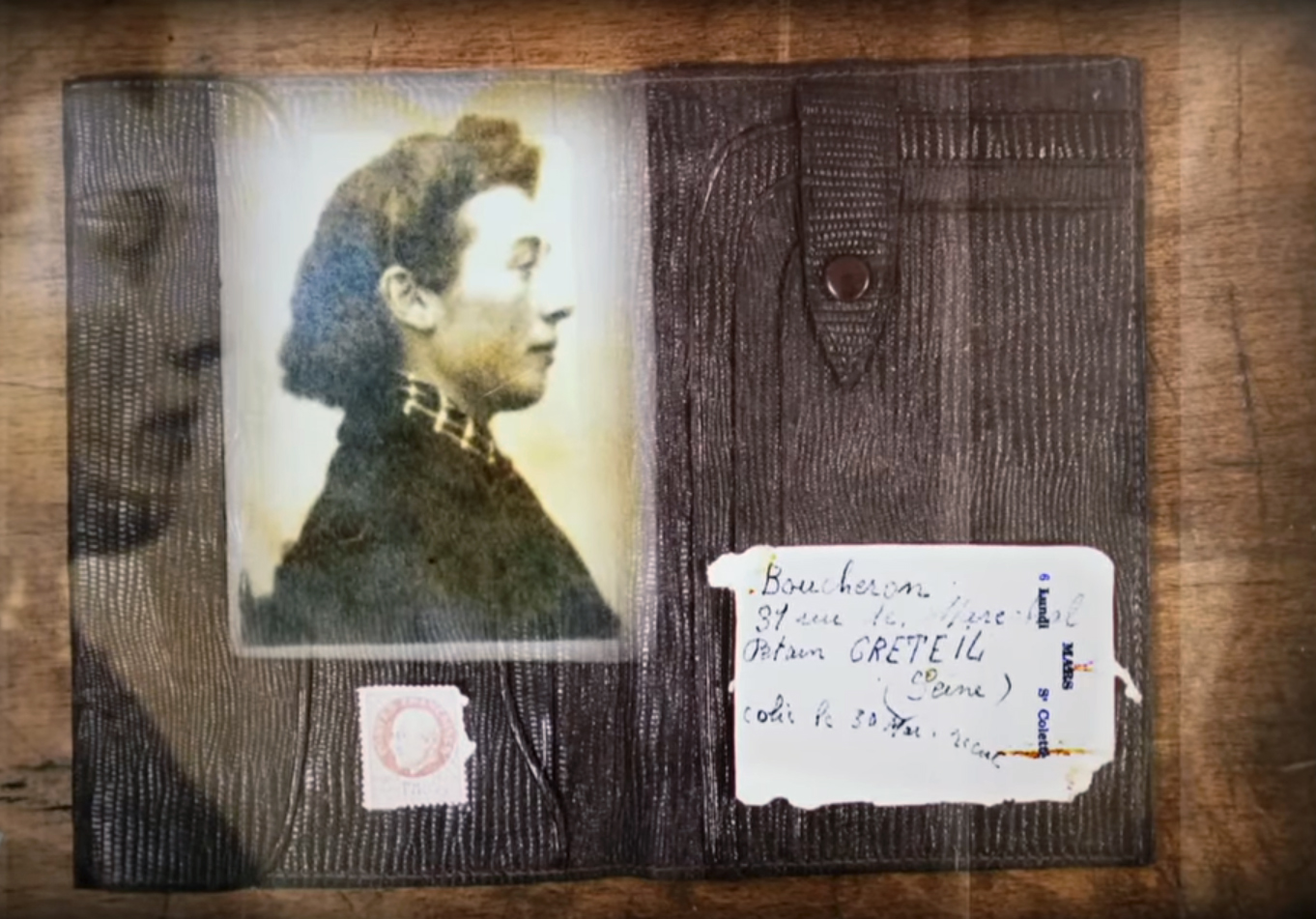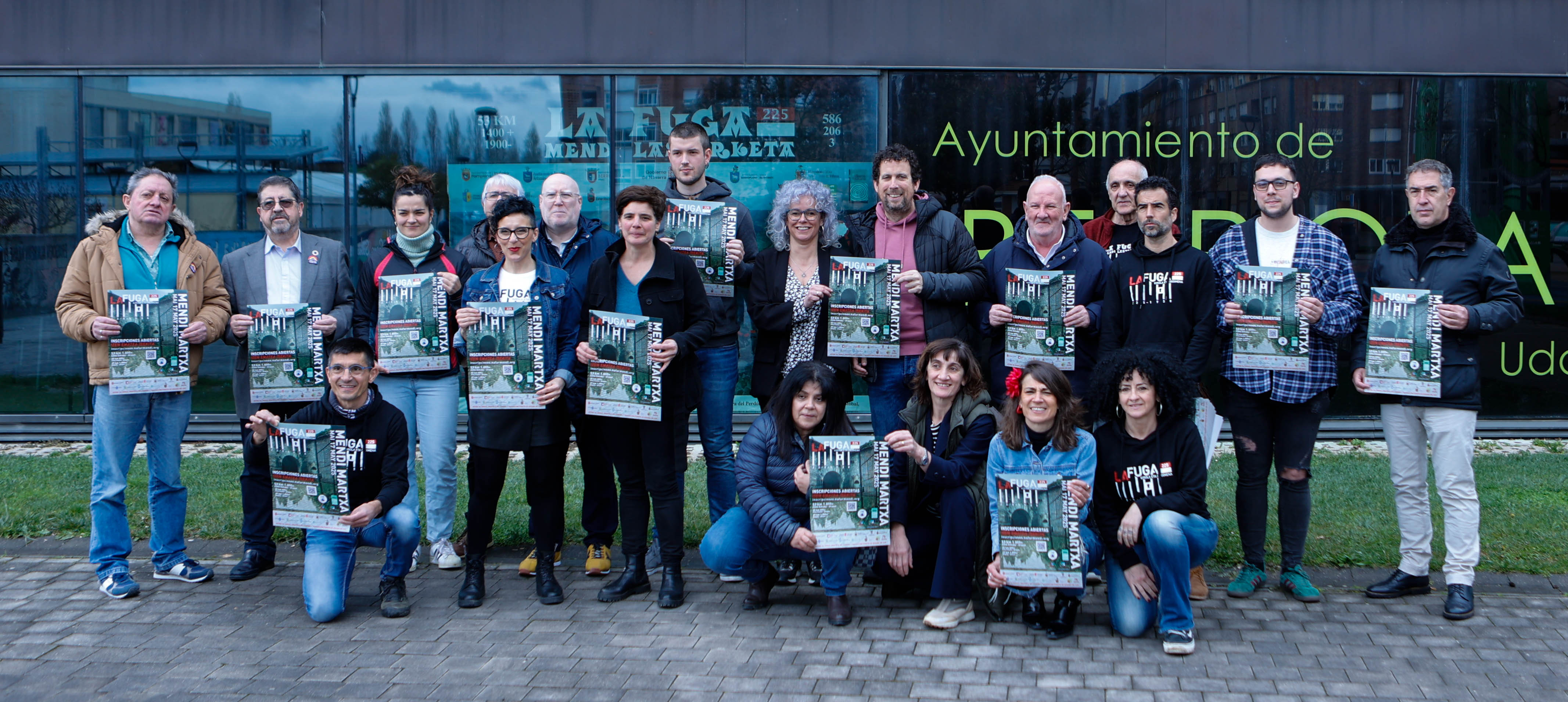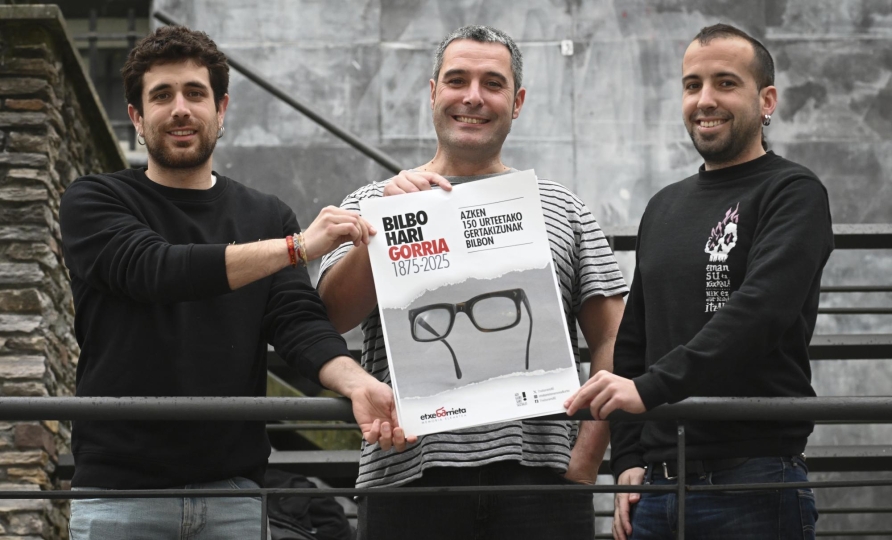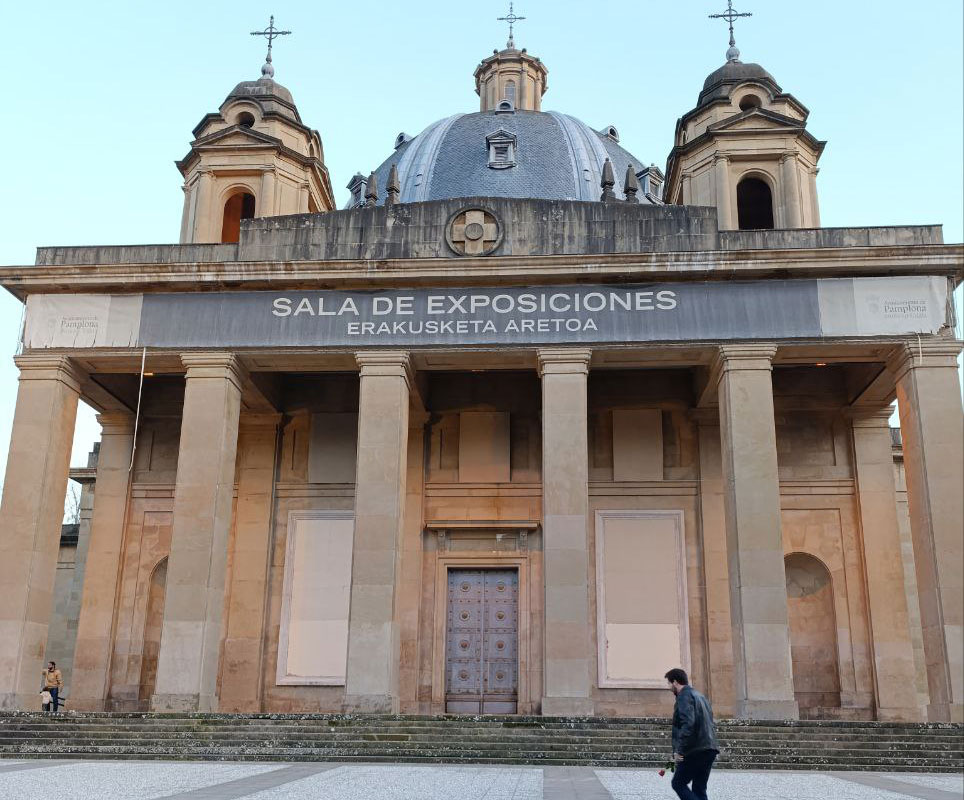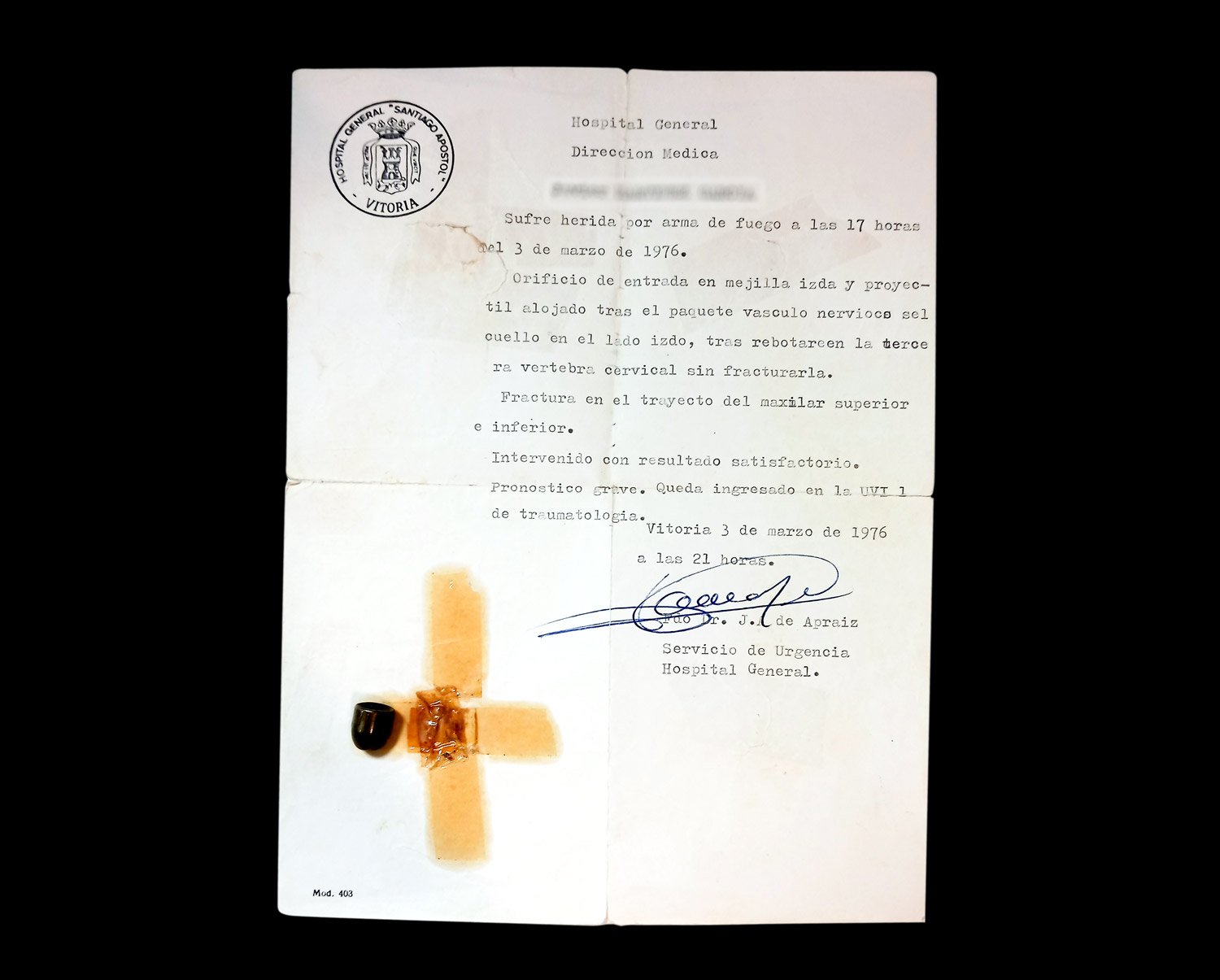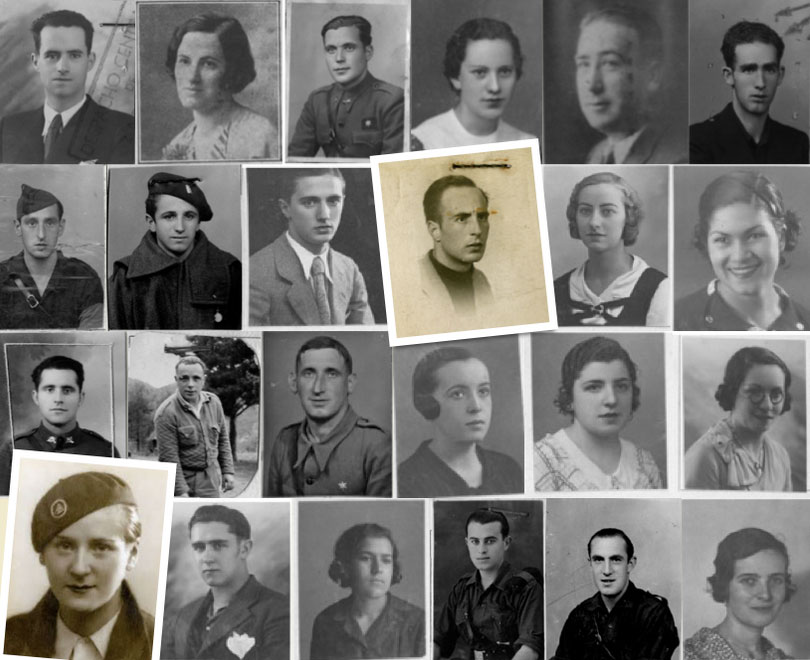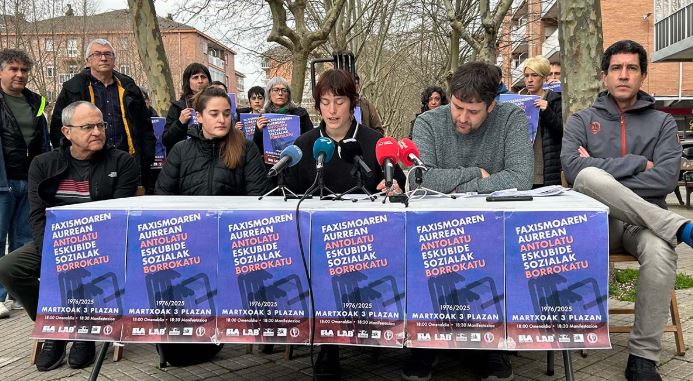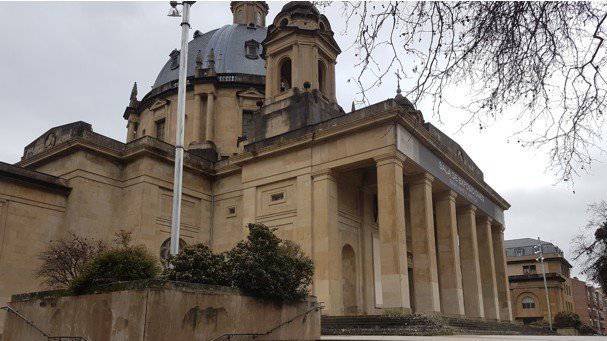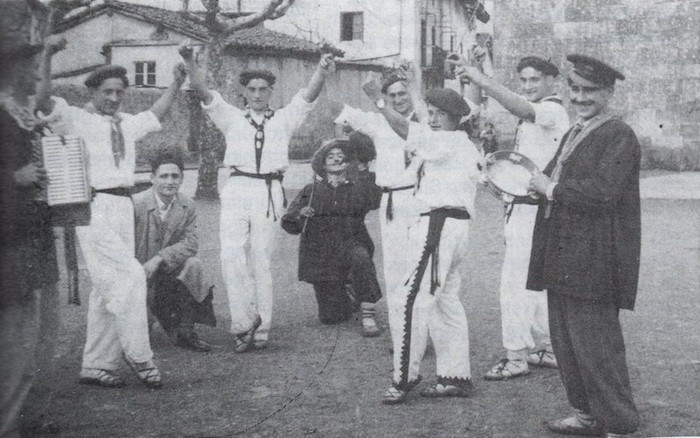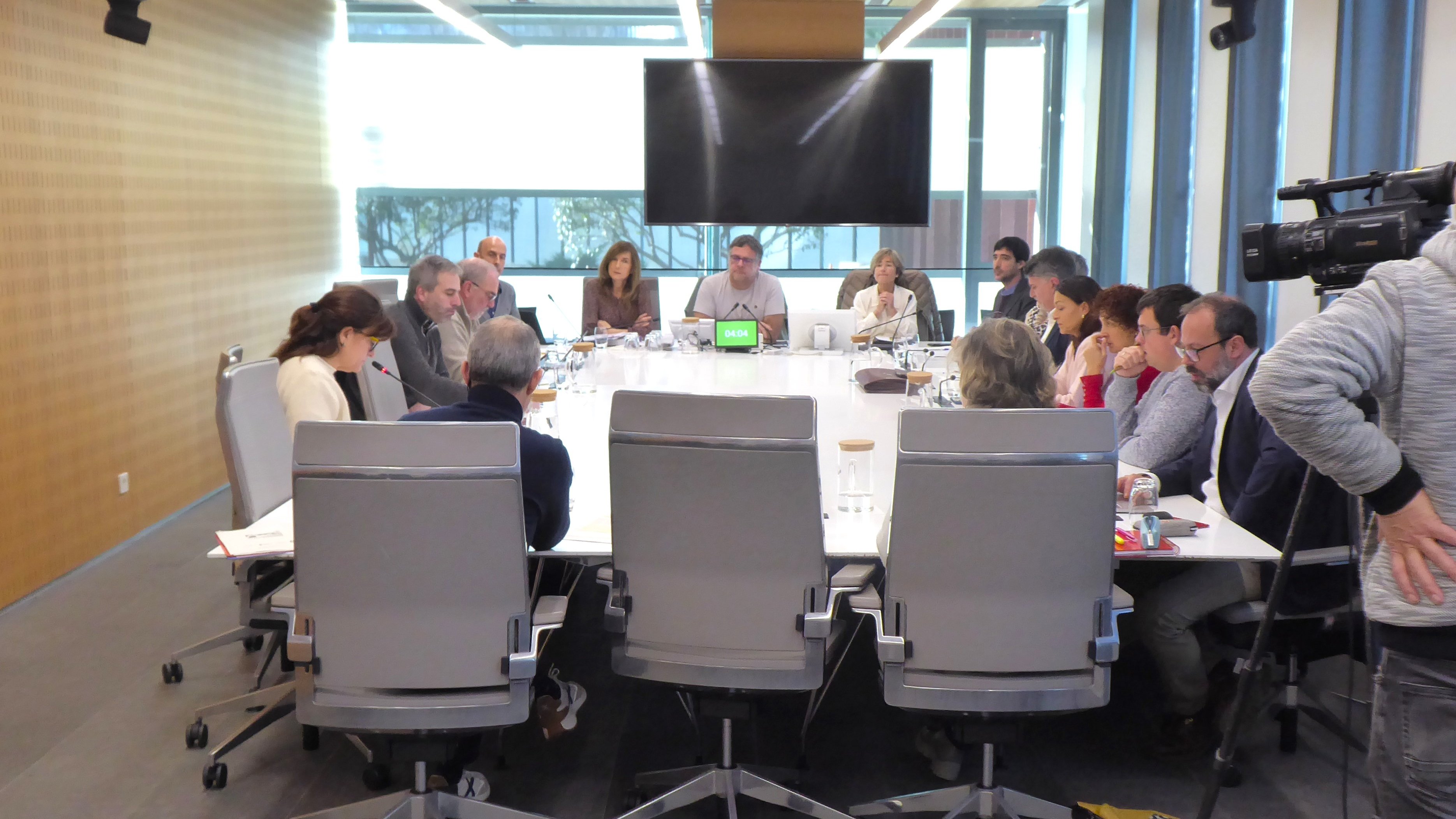This ![]() news was published by Alea and we brought it thanks to the Creative Commons license.
news was published by Alea and we brought it thanks to the Creative Commons license.
The Institute of Memory, Coexistence and Human Rights, Gogora, has sent to the Basque Parliament "a report on the Basques displaced from the Basque Country to the Valley of the Fallen and the Basques". As for the data obtained so far, it is estimated that at least 618 people from Álava were transferred to the Valley of the Fallen of Spain, of which 498 were identified and 120 were not identified.
According to experts, in the Valley of the Fallen (Spain) there are about 34,000 dead bodies buried. Two-thirds of them are from Francoists. The remainder bear the unknown label. They're unidentified Republicans.
One more person
According to the study carried out in 2008 by the Society of Sciences Aranzadi, a total of 617 people (497 identified and 120 unidentified) were transferred from Álava.El research work carried out by the Gogora Institute has incorporated a person to the deceased who were taken from Álava by Aranzadi.To this list is added the death of Ángel Romero, natural from Madrid.
On four trips undertaken between 1959 and 1961, most people were moved from the cemetery of Santa Isabel de Vitoria-Gasteiz to the Madrid valley of Cuelgamuros.El report, written by Gogora, notes that a few days from 23 March 1959, the first 316 deaths were killed in the cemetery of Santa Isabel de Vitoria-Gasteiz. Of the total 316, 146 were relocated: 29 identified and 117 unidentified falls in the battle of Legutiano.Los remains were entered into 29 individual and eight collective boxes.
The rest of the 170 were stored in the warehouse of the cemetery, while the necessary steps were taken to locate their relatives and obtain the necessary permits. Before the transfer, a Mass was held in the same cemetery with the presence of authorities, military and family members of the "fallen". The Commission of Works of the National Monument of the Fallen explained that on May 25, 1959 the Civil Government of Álava received 18,801.57 pesetas for travel expenses.
Family permit
According to Gogora's report, at the beginning of 1959 the Civil Governments of the CAV contacted the bishops to begin granting permits for the exhumation of the restos.Los permits for the exhumation of the remains corresponded to the municipalities, which had to communicate to the relatives the day and place for their exhumation. If they wanted to transfer their relative to the family pantheon, they had to bear the costs of this operation. However, all the expenses resulting from the transfer to the Valley of the Fallen in Spain were borne by the regime.
There is a huge gap in Álava in terms of permits. The only information obtained by Gogora is a document signed by the Civil Governor of Álava on 23 March 1959, in which the Ministry was informed that 29 people had died with the permission of the family to carry out the transfer. The same document explained that an additional 170 remains had been exhumed in the cemetery of Santa Isabel and had been left disaggregated in the morgue of the cemetery until the necessary permits had been obtained from the relatives. In addition, another 120 unidentified persons did not have permission to move. In the rest of the cases, it is unknown whether they were taken with or without the permission of the family.
Lack of documentation
As a result of the work carried out, Gogora has observed the existence of large deficiencies in the files, which has generated many difficulties when performing the study. Thus, the documentation sent to the Ministry of Government by the civil governments of all countries is included in the General Administration Archive (AG), but the fund is not complete. "The territory of Álava is a clear example of this: We carried 618 deaths in four phases, between 1959 and 1961, of which 498 were identified, but in AAD there are only 13 documents collected".
Standard
Based on the data obtained, Gogora has received the census of the displaced persons to the Valley of the Fallen, although at present, these data are not complete by the unidentified remains and by the deficiencies of documentation indicated.
To date, nine families have begun the procedures to recover the remains of their relatives and seven of them have requested it through Gogora.












